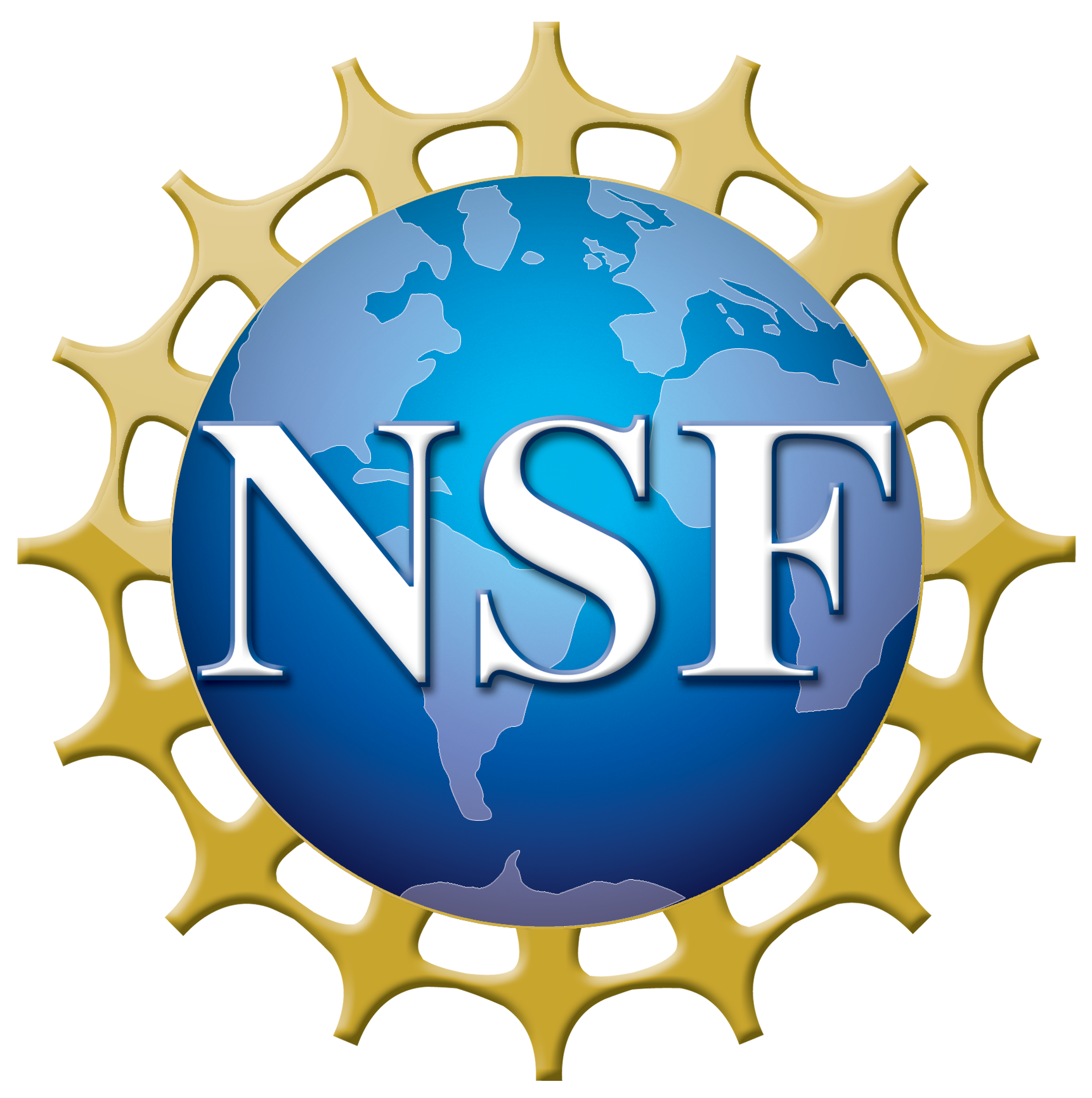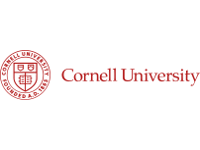
(This Forum took place on Wednesday, December 1, 2021 in the Fairfax room of the Sheraton Boston Hotel from 10:30am – 3:00pm)
This half-day event featured all four NSF-supported Materials Innovation Platforms during the in-person 2021 MRS Fall Meeting in Boston.
Agenda
10:30 am
Welcome Addresses
- Linda Sapochak - NSF-DMR Division Director
- Darrell Schlom - PARADIM Co-Director
- Joan Redwing - 2DCC Director
10:40 am
2DCC & PARADIM User Success Stories
- Daniela Radu - Florida International University
- John Heron - University of Michigan
- Grace Pan - Harvard University
- Jeehwan Kim - Massachusetts Institute of Technology
11:45 am
12:00 pm
12:15 pm
Hosted Lunch / Networking opportunity
1:15 pm
2DCC & PARADIM User Flash Talks
Current user work and platforms’ capabilities
2:30 pm
2DCC & PARADIM User Success Stories
- Lauren Garten - Georgia Institute of Technology
- Rafael Jaramillo - Massachusetts Institute of Technology
3:00 pm
Wrap-up
2021 PARADIM MIP Forum Invited Speakers
Daniela Radu, associate professor in the Department of Mechanical and Materials Engineering and a Diversity Mentor Professor, is an Florida International University Top Scholar for the 2019-2020 academic year. Radu is leading the Center for Research and Education in 2D Optoelectronics (CRE2DO), created at FIU through a $3 million award from the NASA Minority University Research and Education Project (MUREP) Institutional Research Opportunity (MIRO) program. CRE2DO researchers explore novel two-dimensional (2D) functional materials, which are sheets made of a single or few layers of atoms. These nanomaterials are extremely strong, have high flexibility and conductivity, and due to their lightweight, are ideal for applications in space. Radu is also the leader of the department’s diversity and inclusion committee, mentors both undergraduate and graduate students, and has participated as a guest STEM panelist at various “Society of Women in Engineering” events at FIU and the University of Miami.
John Heron, assistant professor at the University of Michigan Material Science and Engineering, research focuses on the epitaxial growth of complex oxide thin films and heterostructures in the pursuit to uncover, understand, and engineer new electronic phenomena and to push the frontier of technology with next generation devices based on these materials. The complex oxides offer an extremely wide range of properties not observed in conventional compound semiconductors and, thus, are an exciting playground for investigating or tailoring exotic phenomena and exploiting the unusual behavior in devices. His group will employ a high vacuum, in-situ transfer system between sputtering and pulsed laser deposition chambers to enable the high quality, epitaxial growth of a wide variety of oxide and metal systems. Particular interest resides in interface, spin, structure, and charge effects that occur in layered structures with ferroic (and antiferroic) materials, such as (anti)ferromagnets, (anti)ferroelectrics, and multiferroics. Heron and his group use a wide variety of techniques to explore these materials. These include X-ray diffraction, scanning probe microscopy (AFM, PFM, MFM), ferroelectric testing, magnetotransport, direct and converse magnetoelectric measurements, and magnetometry.
Grace Pan is a PhD student in the group of Julia Mundy at Harvard University. Her work centers on using molecular beam epitaxy to design and synthesize oxide-based quantum materials: akin to spray painting atoms, MBE provides the atomic-level precision needed to synthesize thin films layer-by-layer and explore the full combinatoric space of materials. Currently, her work exploits MBE control to create new nickel-based superconductors. By harnessing layer-by-layer control, Grace has created a new five-layer nickelate compound that exhibits superconductivity without chemical doping and hence unlocks the rare-earth nickelates as a new family of superconductors tunable now by dimensionality. More generally, she is interested in materials-based approaches to tackling fundamental questions in high-temperature superconductivity in an effort to push for ever-higher superconducting transition temperatures. To this end, she also employs synchrotron- and microscope-based spectroscopic techniques in tandem with MBE synthesis to understand and tune the electronic, magnetic, and phononic correlations at play in the quantum oxides. Grace is supported by an NSF Graduate Research Fellowship and the Paul & Daisy Soros Fellowship for New Americans.
Jeehwan Kim, associate professor in Mechanical and Materials Engineering at Massachusetts Institute of Technology, has a research focus on innovation in nanotechnology for electronic/photonic/energy applications. His group is currently developing a graphene-based layer transfer technology which offers infinitive growths & transfers of high quality single-crystalline semiconductor films on single-crystalline graphene. Prof. Kim's team has been investigating a method to perform van der Waals epitaxy of defect-free single-crystalline films on epitaxial graphene in general material system and studying mechanics for repeatable & precise exfoliation of epilayers on graphene. The group's focus is on fabricating high performance electronic/photonic/photovoltaics devices with low manufacturing cost based on this graphene-based layer transfer technique. Based on their expertise in the van der Waals epitaxy technique, Prof. Kim's group develops the way of fabricating single-crystalline 2D materials such as graphene and TMDCs for extremely flexible inorganic electronic/photonic devices.
Video: Success story (Kim)
Lauren Garten joined the Georgia Tech School of Material Science and Engineering as an assistant professor in Fall 2021. Her group focuses on developing new materials for energy and electronic applications, particularly at the nexus between ferroelectricity, ferromagnetism, electronics, and photovoltaics.
Lauren received her B.S. in ceramic engineering from the Missouri University of Science and Technology. She then went on to earn a Ph.D. in material science from the Pennsylvania State University for her work on ferroelectric, piezoelectric, and dielectric synthesis and characterization with Prof. Susan Trolier-McKinstry. She then became a post-doc at the National Renewable Energy Laboratory working on metastable materials for energy applications. After a very short stint as a material scientist at Sandia National Laboratory, she won the NRC Research Associateship from the National Academies of Science, Engineering, and Math which was hosted at the U.S. Naval Research Lab (NRL). She then received the Jerome and Isabella Karle Distinguished Scholar Fellowship from NRL to work on lead-free multiferroic materials and devices.
Rafael Jaramillo, Thomas Lord Associate Professor of Materials Science and Engineering, Massachusetts Institute of Technology , research focuses on electronic materials nanotechnology; phase transformations; semiconductors; surfaces, interfaces, and thin films; transport phenomena. His research sits in the big, fun space between materials science, solid state physics, and opto-electronic technologies. Our current projects fall into three categories:
1. Photoresponse: Fundamental understanding, control through material processing, and utilization in device technology.
2. Layered and phase-change materials: Designing new alloys, developing new materials processing methods, and demonstrating new phase-change functionality and uses for layered chalcogenide materials in photonic integrated circuitry.
3. Complex chalcogenide semiconductors: Developing chalcogenide electronic materials in the perovskite and related crystal structures.














